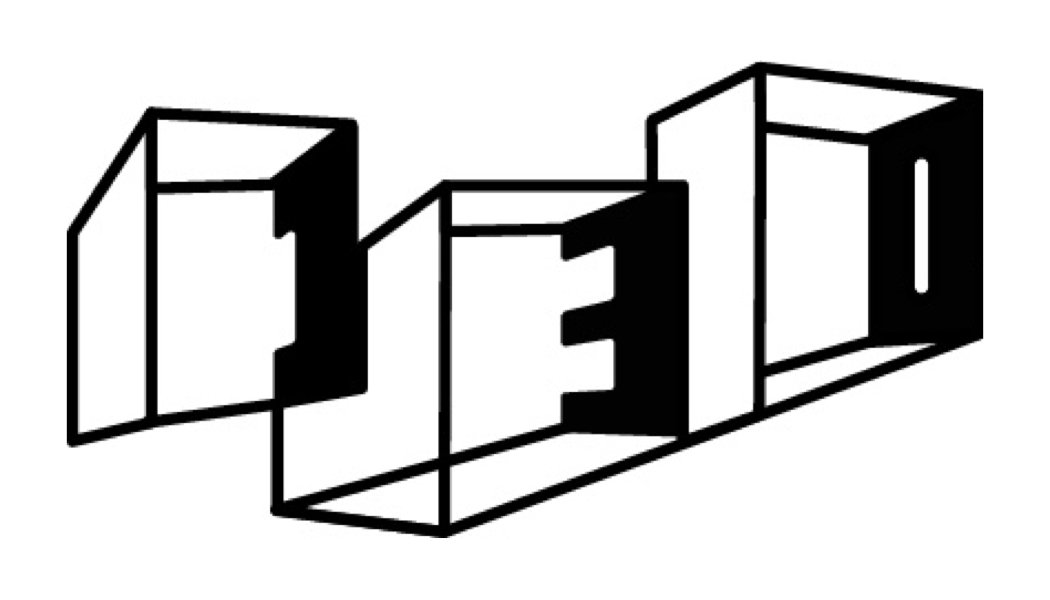Fibre Arts - The art of Making
-
Term: Spring Term
Start Date: 1st September 2022
End Date: 10th November 2022
Exhibition Date: 11th November 2022 5:30pm
Early Application Cut off: 31st July 2022
Application Cut off: 20th August
Course Structure:
Lesson: Sat 1pm - 4pm
Supervised Studio time: Thursday 6-8
Two unsupervised studio timeslots per week to be arranged at your first Lesson
Course Capacity: 6
Art Educator: Stacie Sims
Level: Beginner/Intermediate
Full Fee: $1,300
Early Fee: $1,200
Concession Fee: $1,200
Location: 130 Art Studios – Studio
-
Fibre arts is a fine art form where materiality, manual labour and time converge to explore an artist's way of thinking, through the process of making. Fibre artists communicate by going beyond the literal meaning, or function, of processes and materials they use to create new work.
This course encourages participants to explore materials and processes in a small group setting to establish a strong connection with the act of making. Through theoretical discussions and technical demonstrations, Participants engage in creative practice within a group setting and will develop thinking and technical skill around the niche area of fibre arts.
On completion of this course, participants will have gained material knowledge, technical skill, and build a network of creative connections.
outcomes:
material knowledge, recognise different types of fibres and their origins. technical skill: equipment, processes and practical application
-
Week 1
Theory: What is fibre arts? material fundamentals: natural, new, renewable, recycled. Practical: processing fibre: carding and spinning yarn from raw and recycled fibre.
Week 2
Theory: Resourceful materiality: Waste as an unlimited resource for making.
Practical: Dyeing fibre with food waste
Week 3
Theory: Slow stitch, return of the circle & making connections.
Practical: Coil baskets, crochet rounds.
Week 4
Weaving in nature: Excursion to Popes Produce in Woonona Processing natural fibres
Week 5
Processing foraged fibre cont’d: weaving, basketry practical components.
Week 6
Process driven art and the poetry of the everyday: Needle felting and wet felting
Week 7
self directed practical : personal project development.
Technical demonstration: sewing machine
Week 8
Self directed practical: Personal Project Development
Technical Demonstration:
Spinning yarn with an electric spinning wheel
Week 9
Self Directed Practical: Project Development
Technical Demonstration: Making a frame loom from repurposed objects
Week 10
Exhibition preparation: mounting, presentation and finishing touches
2
Theory: Resourceful materiality: Waste as an unlimited resource for making.
Practical: Dyeing fibre with food waste
3
Theory: Slow stitch, return of the circle & making connections.
Practical: Coil baskets, crochet rounds.
4
Weaving in nature: Excursion to Popes Produce in woonona *waiting on confirmation. Processing natural fibres
5
Processing foraged fibre cont’d: weaving, basketry practical components.
6
Process driven art and the poetry of the everyday: Needle felting and wet felting
7
self directed practical : personal project development.
Technical demonstration: sewing machine
8
Self directed practical: Personal Project Development
Technical Demonstration:
Spinning yarn with an electric spinning wheel
9
Self Directed Practical: Project Development
Techncial Demonstration: Making a frame loom from repurposed objects
10
Exhibition preparation: mounting, presentation and finishing touches
m description
-
STACIE SIMS
Stacie Sims is a Wollongong based visual artist working across printmaking, fibre arts, textiles and sculpture. As part of a community focussed and sustainable approach to making, Stacie works with natural, re-purposed and up-cycled materials to produce two dimensional and three dimensional art works on both a tiny, and grand scale. She is a resident artists who teaches printmaking and natural dyeing classes at 130 Art Studios; is one half of Cute Face who run kids art classes at Austinmer Public School; and works part-time at the University of Wollongong. She is a crazy plant lady and woollen blanket hoarder who lives in Austinmer with her husband Daniel, and their 3 boys: Logan, Hunter and Gage.
-
You must wear covered footwear. Sturdy leather or steel capped shoes will best protect your feet. Protective clothing such as an old long sleeve shirt and long pants are ideal. Avoid light, flammable and synthetic materials. Protective glasses and gloves will be provided.
All materials are provided for the lesson – own materials required for independent studio time


